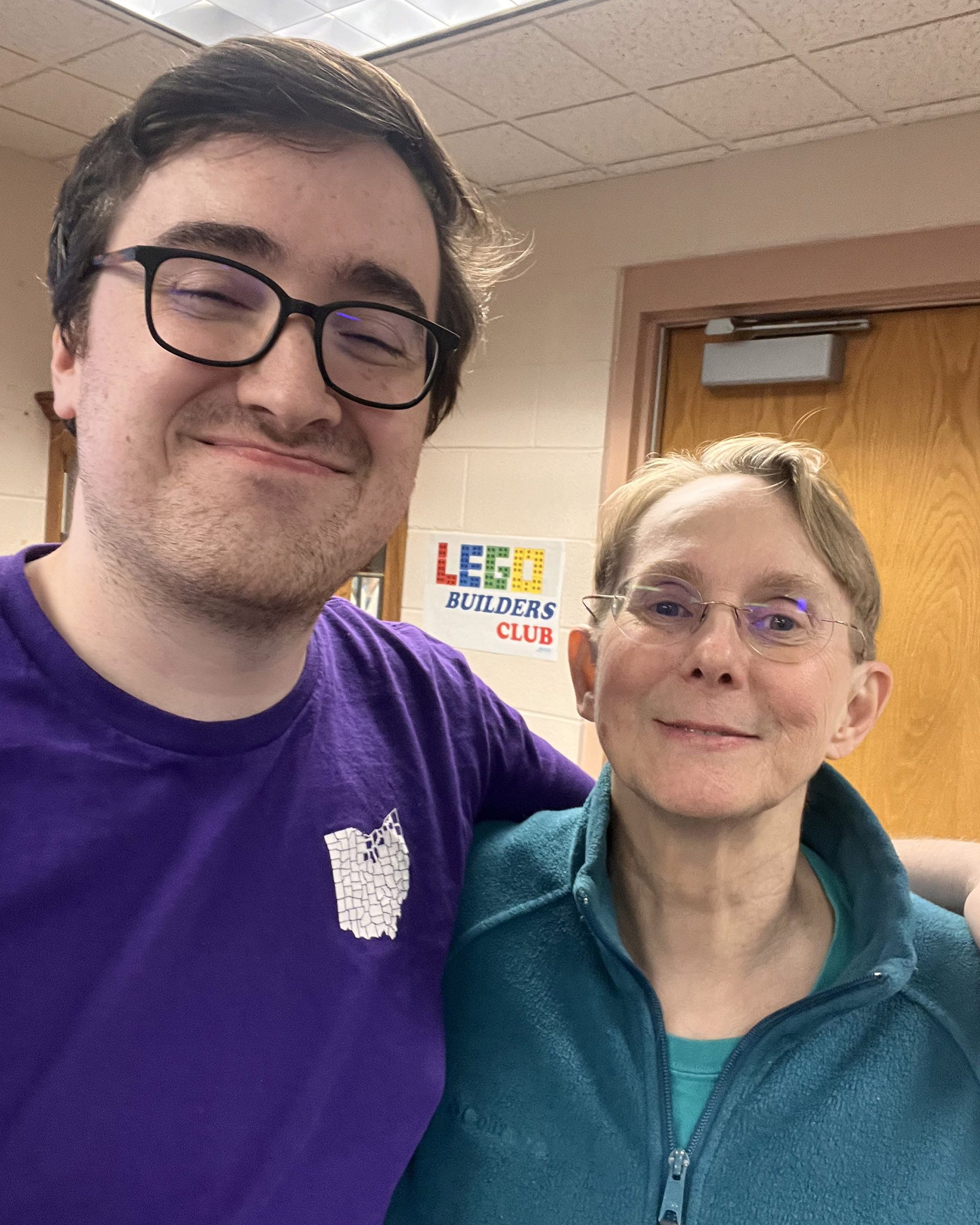Alumnus brings space to life as NASA Solar System Ambassador

At Furman, Ray Garner ’18 studied the mysteries of distant galaxies and started sharing his knowledge in public talks at Timmons Planetarium and other venues on and off campus. But when he began graduate studies in Cleveland, Ohio, he learned a cosmic lesson in serendipity: Wherever you go in this vast universe, you’re connected to the Furman constellation.
As a high schooler in Georgia interested in physics, Garner had chosen Furman over larger schools such as Georgia State University and Arizona State University.
“It was the small college feel,” he said. “The professors know you, and they really care about the education of their students – they’re not just there to do research. And when I was an admissions ambassador, I stressed the liberal arts and sciences approach. The physics department is great, but the linguistics and history classes I took helped me to have a greater appreciation of fields outside of my own.”
Visiting NASA’s official Tumblr page, the undergraduate discovered the Solar System Ambassadors program, a nationwide network of volunteers he described as “the public face of NASA.” Ambassadors are invited to schools, libraries and other venues in their own communities to give talks about space, the solar system and general science.
“I had been involved in the Furman Astronomy Club,” he said, “and I knew astronomy was something I liked talking about. Having that NASA connection could potentially give me outside sources and credibility to talk about it.”
To Cleveland – and beyond
As a Solar System Ambassador, Garner had access to NASA educational materials and participated in regular teleconferences with agency scientists who shared their latest discoveries. In 2017, the Furman Astronomy Club president began giving talks in Timmons Planetarium and other on- and off-campus venues.
After graduating summa cum laude in 2018 and entering the Case Western Reserve University (CWRU) astronomy Ph.D. program, Garner discovered that his talents were also in demand in Ohio. The Andover Public Library, in a village about an hour’s drive from Cleveland, invited him to give a talk in July 2019 for the 50th anniversary of the Apollo 11 moon landing.
That’s where Garner got the aforementioned cosmic lesson in serendipity, when he met the library’s director, Nancy Logan ’79.
“What fun!” said Logan. “It had been a long time since I had met a fellow Furman grad. Of course, there were many years between our graduations, and Furman has changed dramatically, but there is still a feeling of camaraderie.”
A galaxy far, far away
Garner gave several more talks in and around Ohio on topics like the moon, comets, dark matter and the Star of Bethlehem – archived on his YouTube channel – but it was more than Furman camaraderie that kept him going back to Andover.
“It’s a really great way to practice my scientific communication skills,” said Garner, who gave his final talk at Andover in early June, just weeks before defending his doctoral thesis at CWRU. “Obviously, not everyone is a scientist, and talking to them like they are only leads to issues down the road.”
“Ray has been a favorite of our patrons,” Logan said. “He completely engaged both children and adults even if they never thought of the cosmos as interesting. He really made it come alive. We are definitely going to miss Ray.”
Garner’s communication skills came in handy as a teaching assistant at CWRU, as well as on the job market interviewing with other institutions. His next stop is Texas A&M University for a postdoctorate fellowship with renowned astronomer Robert Kennicutt and work with the Star Formation, Ionized Gas and Nebular Abundances Legacy Survey (SIGNALS). The fellowship builds on the work he did at CWRU, a detailed analysis of the spiral galaxy Messier 101 – a.k.a. the “Pinwheel Galaxy” – using the deep, wide-field, narrow-band imaging capabilities of the Burrell Schmidt 24/36-inch telescope.
Or, in layman’s terms, “I study how galaxies evolved by looking at one galaxy really, really hard,” Garner said.
Of course, the astronomy Ph.D. still intends to fulfill his duties as a Solar System Ambassador in College Station or wherever else in eastern Texas he might be needed.
“I’ll do that until they don’t want me anymore,” he said.